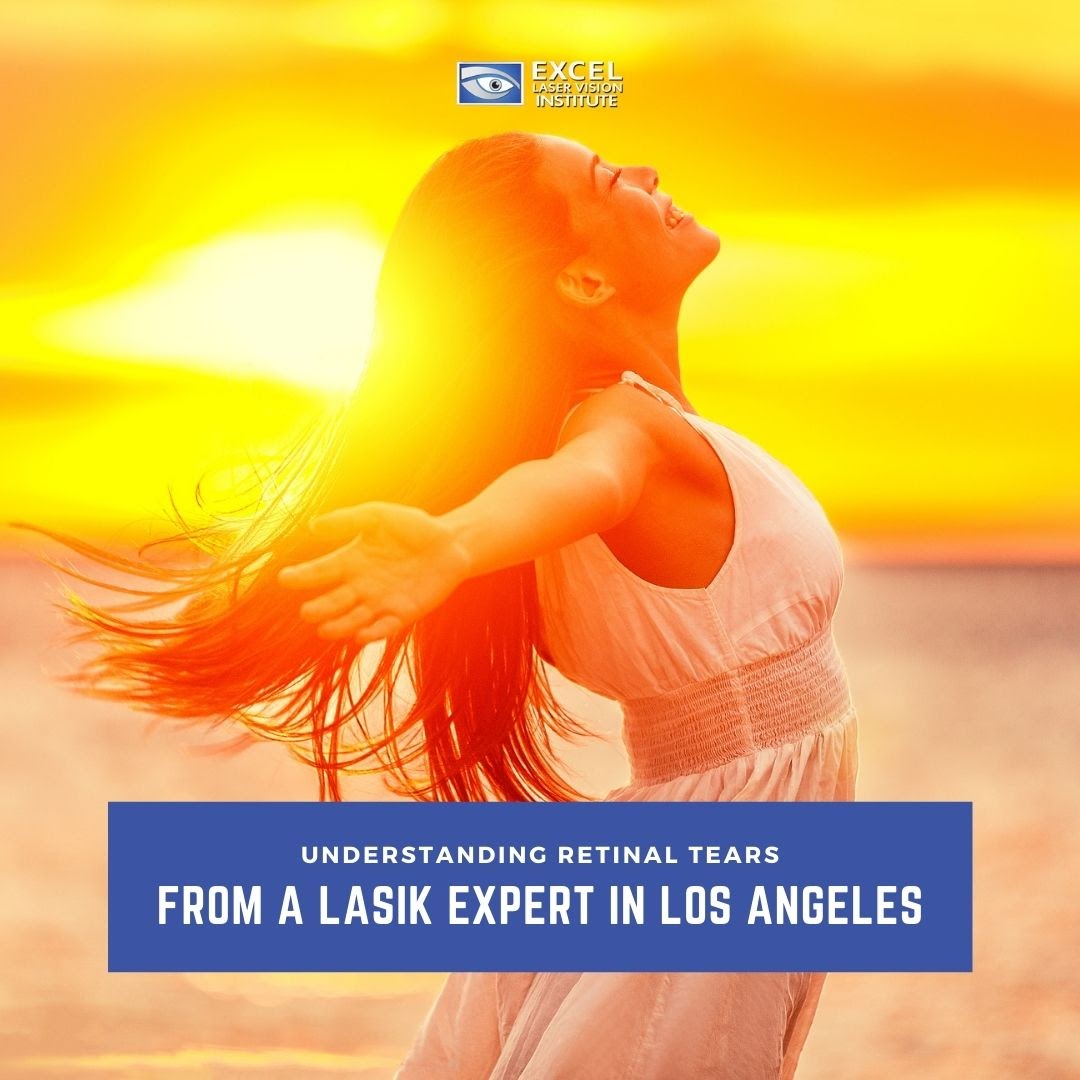
Understanding Retinal Tears from a LASIK Expert in Los Angeles
Our eyes are an amazing, sensitive, powerful system that needs to be protected. According to the LASIK experts in Los Angeles like those of Excel laser Vision Institute, there are certain eye conditions that people should always look out for. Whenever noticing something different with vision, it is important to consult your eye doctor and determine the severity of the issue. Retinal tears, for instance, pose a serious threat to eye health and visual acuity.
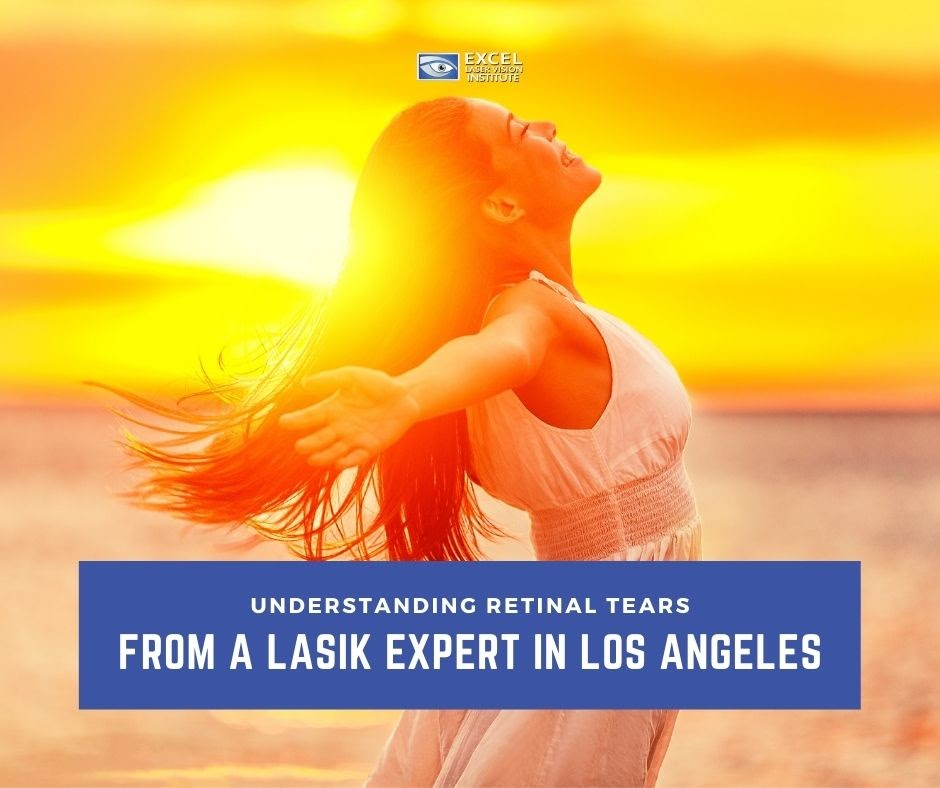
Doctor Moosa, one of the best LASIK surgeons in Los Angeles, describe the retina as a lining of tissue on the back of the eye that is very sensitive to light. This thin layer is made up of cells that translate light waves to electrical impulses which go to the brain. When light hits the retina, it travels through the optic nerve to the brain, where the images can be processed. The retina can be torn in many different circumstances: from an injury, from age, or nearsightedness. This tearing of the retina occurs when vitreous gel fills the eyeball and pulls at the retina, causing it to separate from the inner wall. Retina tears can then become retinal detachment, which can ultimately lead to vision loss if it is not properly treated.
LASIK surgeons in Los Angeles are trained to avoid any retinal tearing during refractive surgery. However, there are cases in which other forms of eye surgery may result in some injury to the retina. Here are some of the signs of retinal tearing to look out for:
- Hazy vision
- Flashing lights
- Floaters, specks, dots, or cobwebs
- Vision loss
- Shadows or dark spots
Retinal tears can be treated on a case by case basis. Depending on the size and the severity of the injury, it may require different procedures. Smaller tears that do not affect central vision may be repaired with a retinal laser in a procedure known as laser photocoagulation. According to LASIK professionals in Los Angeles, laser technology has allowed for much improvement in eye care over the years, including this retinal procedure as well as refractive surgeries like LASIK, SMILE, and PRK surgery.
A more extreme treatment for retinal detachment is called vitrectomy. This surgery removes the vitreous gel and replaces the retina on the eyewall with a laser. Then, a gas bubble is placed in the eye to hold the retina still while it heals. Over time, the gas becomes absorbed by the eye and is replaced with a natural fluid. The full healing process can take several months and patients must avoid high altitudes. Patients who receive a vitrectomy may require cataract surgery in the future or another kind of eye surgery to restore vision.
Eye experts know that no two retinal tears are the same. That’s why it’s so hard to predict the exact timeframe of the healing process. Fortunately, many patients are able to recover most of their vision if they have the procedure done in a timely manner. If you are experiencing any of the signs of retinal tears or detachment, then please contact your eye doctor as soon as possible.
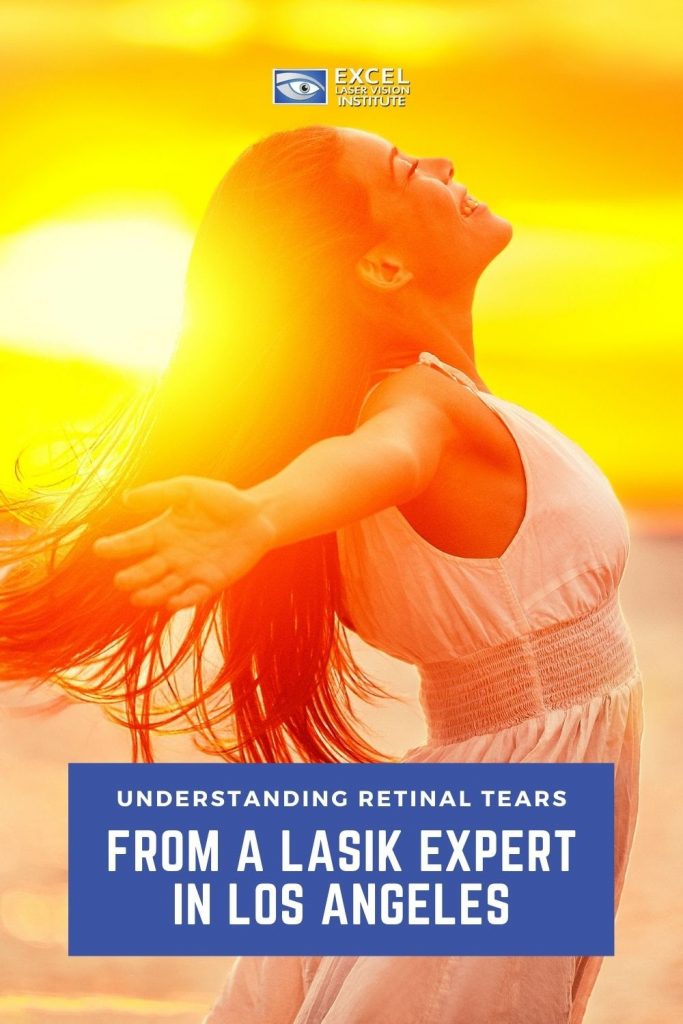
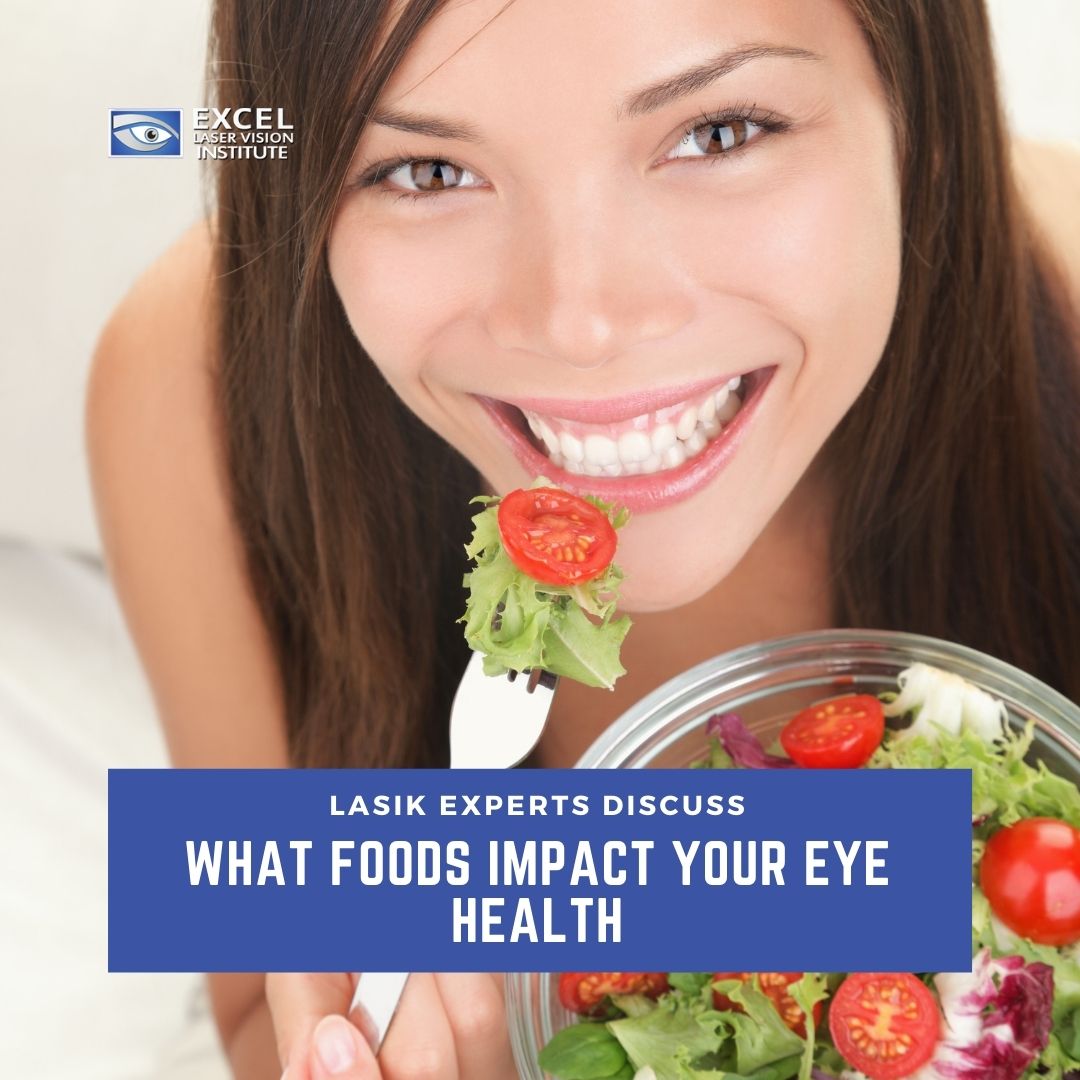
LASIK Experts Discuss What Foods Impact Your Eye Health
The food that we chose to put in our bodies can greatly affect how we feel. Why is this? Food is fuel. If we eat unhealthy meals, then we are giving ourselves bad fuel, which in turn can lead to health problems down the road. Conversely, good food can make our bodies operate at its highest capacity. According to Doctor Moosa, one of the top LASIK professionals in Los Angeles, there are many types of food that can impact our eye health in particular.

Here are some of the best foods to eat for ocular health:
Berries
The best LASIK surgeons in Los Angeles say that berries contain high levels of antioxidants and vitamin C! This means that they are a great food to incorporate in your diet for healthy eyes. Blackberries and raspberries are especially high in these nutrients. If you’re eager to add more fruit into your diet, then you may also want to try more grapefruit and oranges, which also offer vitamin C and antioxidants.
Corn
While sometimes debated for its health benefits, corn has actually been found to have high levels of lutein and zeaxanthin. These are macular pigments that act as a natural shield from harmful sun rays. With more lutein and zeaxanthin in your diet, you decrease your risk for developing eye problems like cataracts.
Eggs
LASIK surgeons in Los Angeles particularly Doctor Moosa vow by eggs for eye health. Why? While they provide lutein and zeaxanthin, the yolks also have high levels of zinc. By eating more eggs, you can help fight against macular degeneration. And, after all, breakfast is the most important meal of the day!
Leafy Greens
Brussel sprouts, broccoli, and kale…oh my! Green vegetables are great for your eyes. Whether it’s a handful of spinach in your smoothie or some chard in your sandwich, you can incorporate these veggies in many ways. Green vegetables are known for their high levels of lutein and zeaxanthin. The more vegetables you eat, the better chance you have for increasing your ocular health.
Legumes
If you ask a LASIK expert in Los Angeles how to help your retinal health, then they may recommend legumes! Everything from lentils to black-eyed peas to kidney beans contain bioflavonoids and zinc. These ingredients protect your retina, which can lower your chances for health problems in the future.
Salmon
The key to eye health is omega-3 fatty acids. There are a variety of food options that provide this, but salmon is at the top of the list. Salmon is a healthy and light protein that can provide those omega-3s, which protect your blood vessels.
Turkey
Last, but certainly not least, is turkey! If you’ve always been a fan of Thanksgiving, then you’ll be happy to hear that turkey has lots of zinc, niacin, and vitamin B! These ingredients can help protect your eyes from developing cataracts.
Conclusion
Now that you know what foods promote good eye health, you can tackle your next meal with confidence. Foods that are not conducive to ocular health include fried food, margarine, and sugary drinks. Swap out your unhealthy choices for something more nutritious and enjoy your healthy eyes.
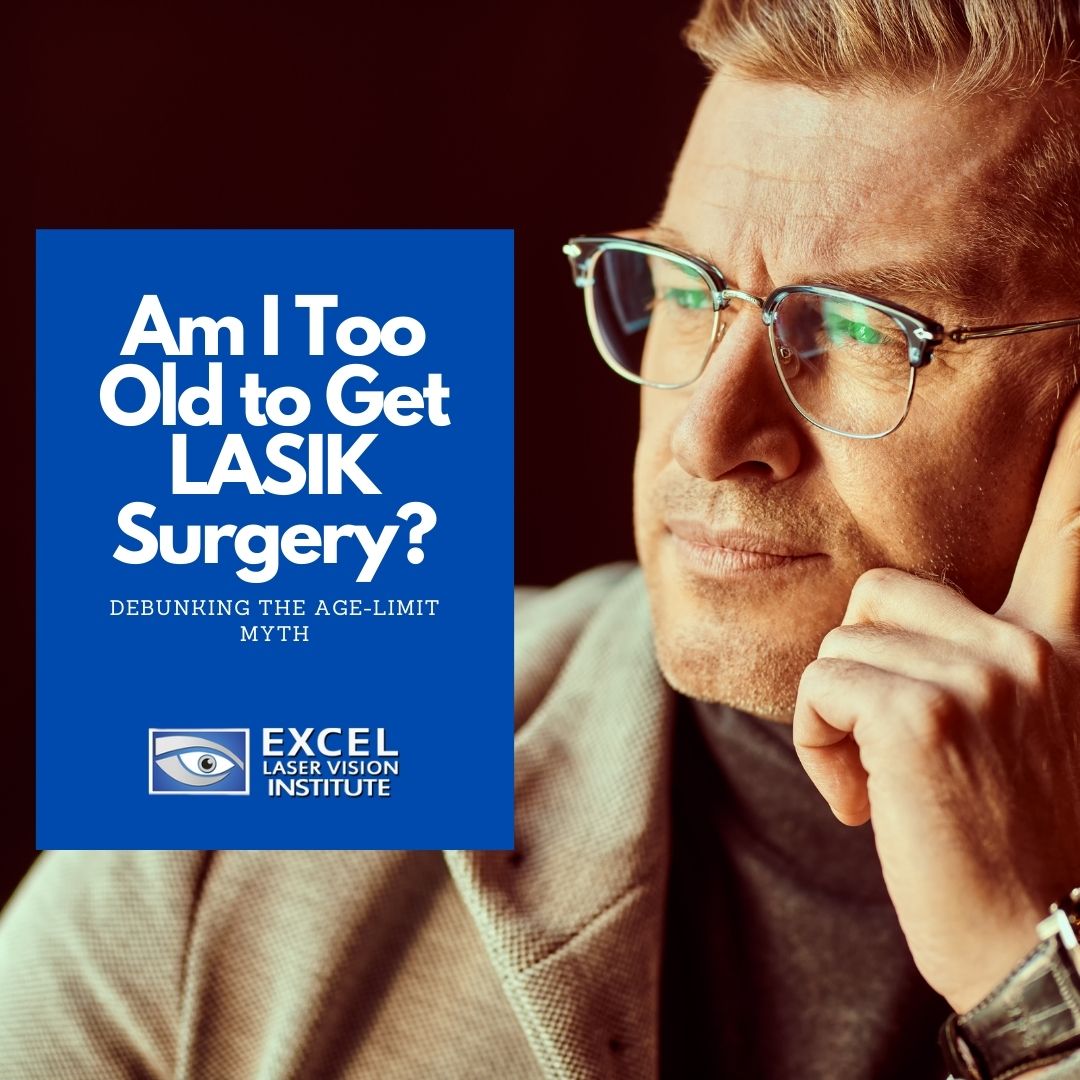
Am I Too Old to Get LASIK Surgery? Debunking the Age-Limit Myth
In order to qualify patients for laser eye surgery, there are certain guidelines that LASIK clinics in Los Angeles must follow. One of the guidelines states that you must be 18 years of age or older to receive the procedure. However, there is no age-limit to receive laser eye surgery.
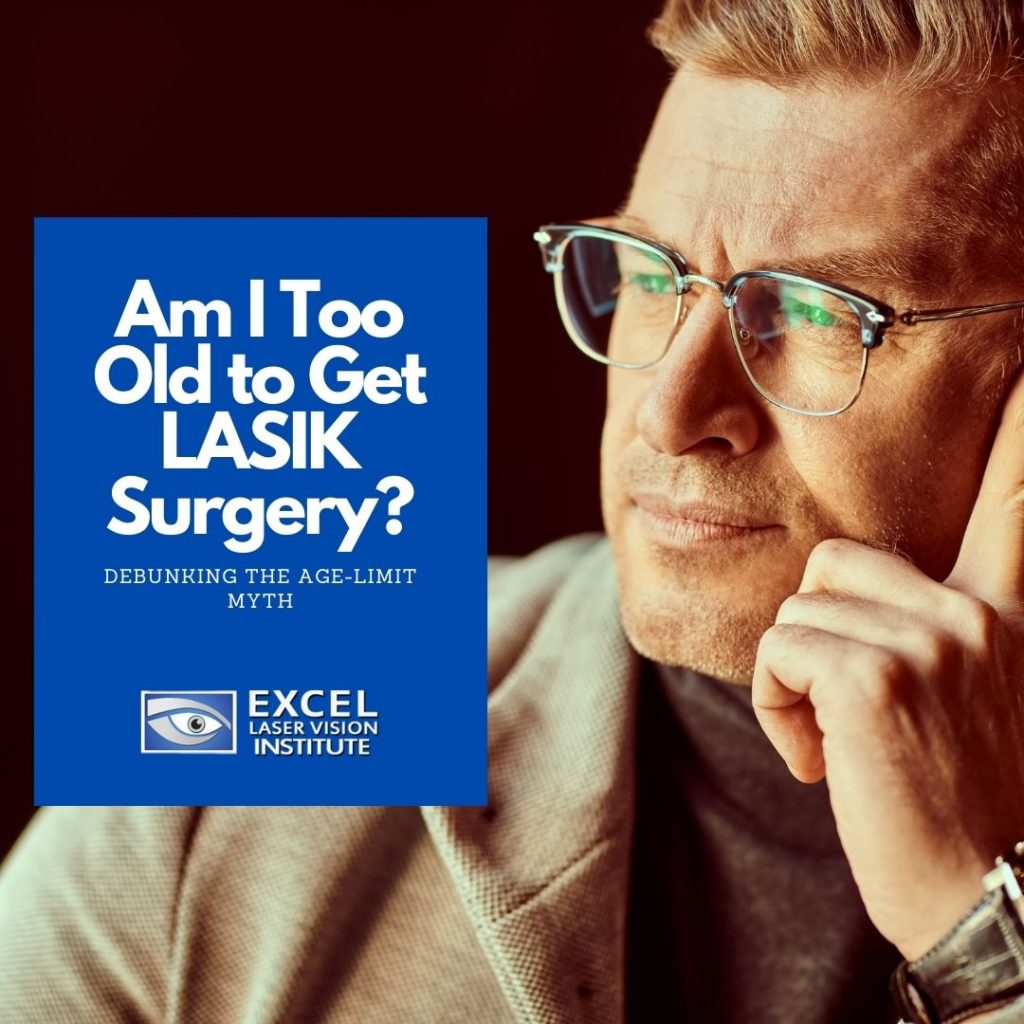
According to Doctor Moosa, one of the best LASIK surgeons in Los Angeles, individuals in their 40’s, 50’s, and 60’s may very well be good candidates for laser eye surgery, depending on other factors like eye health. Generally, people under 18 are not considered good candidates because their eyesight is not within a stable prescription yet. Many people, even in their twenties, are asked to wait until their prescriptions have not changed for up to a year before committing to the procedure. However, there is currently no age limit that restricts qualified patients.
LASIK eye surgery can treat myopia, hyperopia, and astigmatism. In patients over 40, LASIK surgeons see a trend of presbyopia, which is age-related farsightedness. This can affect the flexibility of the eye lens and cause blurry vision. Fortunately, presbyopia as a condition does not immediately disqualify patients for LASIK eye surgery. There are methods by which a LASIK surgeon can still correct refractive errors and reduce dependency on corrective lenses.
Once individuals reach age 55, they may start to develop cataracts which cause lens clouding and blurriness. LASIK cannot treat cataracts, but patients may undergo cataract surgery and then consider LASIK surgery after, in order to further treat farsightedness, nearsightedness, or astigmatism. Therefore, LASIK may still be an available option, even for patients who are at an older age and are experiencing certain age-related conditions.
Besides being 18 years or older, there is no age requirement for LASIK patients. When evaluating a patient for laser eye surgery, doctors will consider their prescription, eye health, and general health. As long as someone has no medical conditions that will interfere with the surgery, they may very well be eligible for LASIK. The only way to know for sure is to speak to a qualified LASIK surgeon. When you go in for a consultation, you may ask questions like “how much is LASIK surgery?” and “how long does the procedure last?”. This is the perfect time to get clear on your vision goals and learn how refractive surgery can help you get there. Many people are fortunate enough to receive 20/20 vision after LASIK and can live independently from their glasses or contacts.
While age limits may not exist for laser eye surgery, there are other factors that may disqualify a patient for LASIK eye surgery. Here are some of them:
- Thin corneas – Patients with thin corneas may be better suited to alternatives like PRK.
- Medical conditions – Patients with autoimmune disorders or diabetes may have to take medications that could interfere with LASIK healing. Consult a LASIK specialist to see if your medical condition disqualifies you as a candidate.
- Eye diseases – Patients with corneal diseases, severe dry eye syndrome, amblyopia, keratoconus, glaucoma, and cataracts may not be eligible for LASIK eye surgery. However, in the case of cataracts, patients may be able to receive treatment for their condition and then be eligible for LASIK after.
- Eye infections or injuries – Patients that have suffered trauma to the eye or are fighting off infection may not be eligible for LASIK. However, they may be redirected to come back to the clinic for an evaluation after their eyes have fully healed.
- Pregnancy or nursing – Patients that are pregnant or currently nursing are not considered eligible for LASIK because of the hormonal fluctuations in their body. They may be eligible to receive laser eye surgery once their hormones have rebalanced.
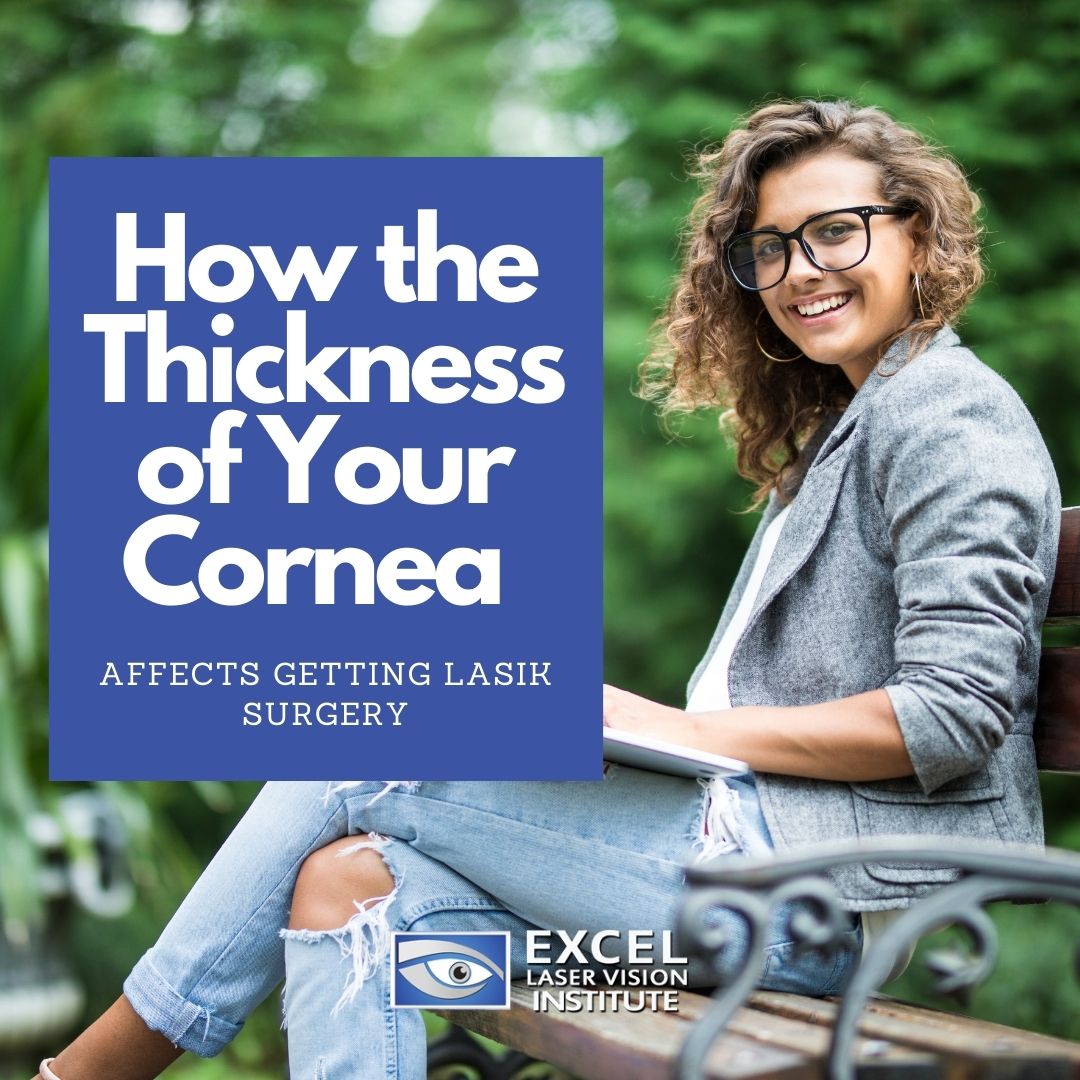
How the Thickness of Your Cornea Affects Getting LASIK
When glasses or contacts become too troublesome and inconvenient, many people turn to laser eye surgery. LASIK experts in Los Angeles like Doctor Moosa say that LASIK is known for treating varying levels of farsightedness, nearsightedness, and astigmatism. The reason that this procedure has become so popular is that it is a long-term solution that actually corrects corneal aberrations, rather than just compensating for them. LASIK patients can achieve up to 20/20 vision or, in some cases, even better!
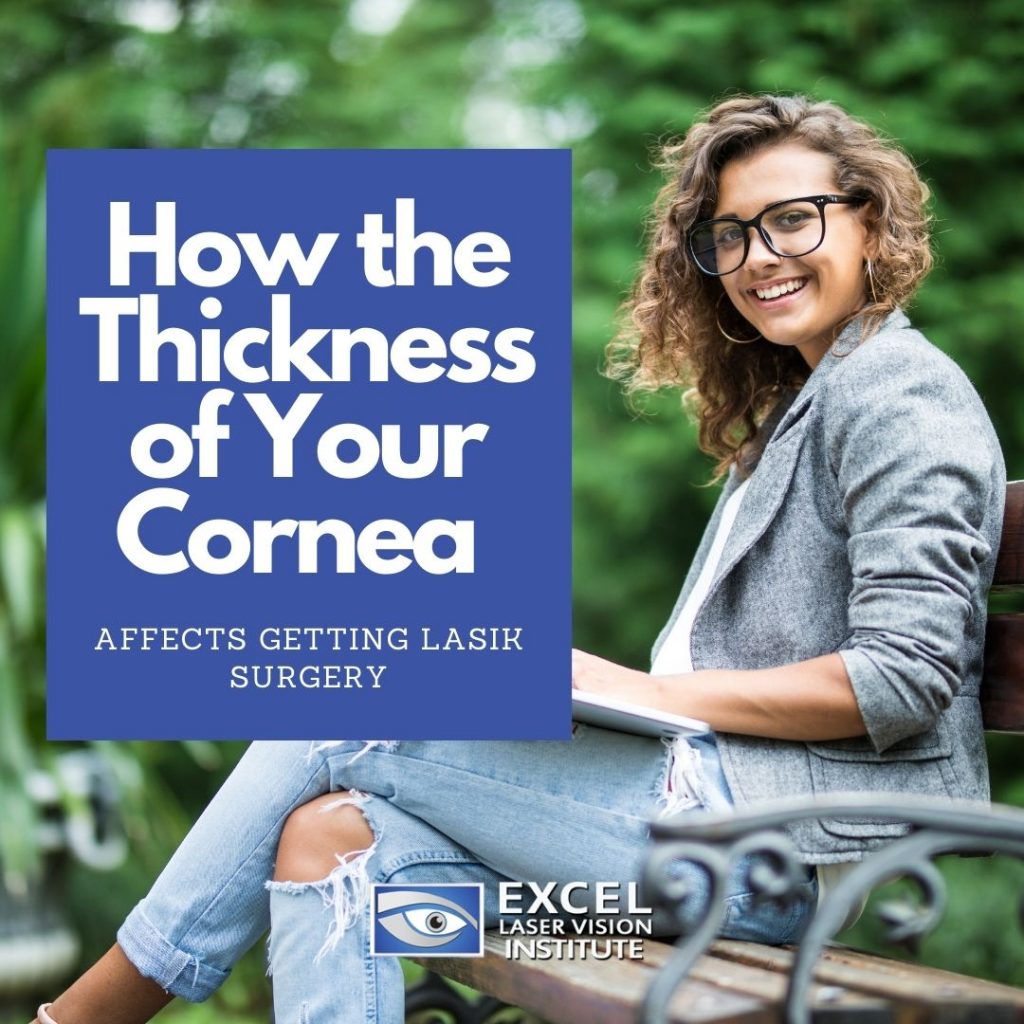
The best LASIK surgeons in Los Angeles are selective when it comes to their patients. Not everyone can be eligible for LASIK because there are certain factors that can affect the accuracy of the results and the safety of the patient. Corneal thickness is one of the eye conditions that LASIK specialists will check for before qualifying a patient for LASIK. This is a particularly important requirement for a few reasons.
Imperfect prescriptions are caused by irregularities in the cornea which can be perceived as nearsightedness, astigmatism, or farsightedness. Light is directed behind or in front of the retina, instead of on it, which can affect the clarity of the image. LASIK surgeons in Los Angeles correct this issue by removing excess tissue and reshaping the cornea to better reflect light. LASIK requires the creation of a tiny flap in order to access the stromal layers of the cornea.
When visiting a LASIK clinic in Los Angeles, patients will receive a comprehensive eye exam in order to determine if they are an ideal candidate for the procedure. Since the LASIK method requires a corneal flap to be made, patients must have a cornea that is within a certain range of thickness. When a patient’s cornea is too thin or too weak, this increases their chances of experiencing complications or jeopardizing their healing process. Here are some of the qualifications and facts that LASIK specialists consider:
- Patients must have a minimum of 250 microns of corneal thickness after their surgery.
- LASIK removes about 160 microns of tissue to create the corneal flap.
- LASIK removes about 12-14 microns per diopter of vision for correction.
- Corneal thickness can be measured with a corneal pachymetry test.
After measuring the thickness of your cornea, LASIK specialists will need to do some mathematical reasoning in order to determine if you are a safe candidate for the procedure. If a doctor determines that you do not qualify for LASIK, you may qualify for PRK instead. This laser eye surgery alternative uses a slightly different method to correct vision in which a corneal flap is not needed. This helps conserve corneal tissue.
Whether you qualify for LASIK or not, it is a good idea to visit a clinic to have the evaluation and determine the best way to reach your vision goals. If you’re wondering how much LASIK surgery is, then you will be given an estimate based on the needs of your current visual acuity. Fortunately, LASIK is more affordable than ever with available financing options. When you calculate the total cost of LASIK and compare that to the lifetime use of glasses or contacts, you will see that this procedure is a worthwhile investment. Contact the Excel Laser Vision Institute to learn whether you qualify for LASIK eye surgery and get started on the journey to clear, independent vision.
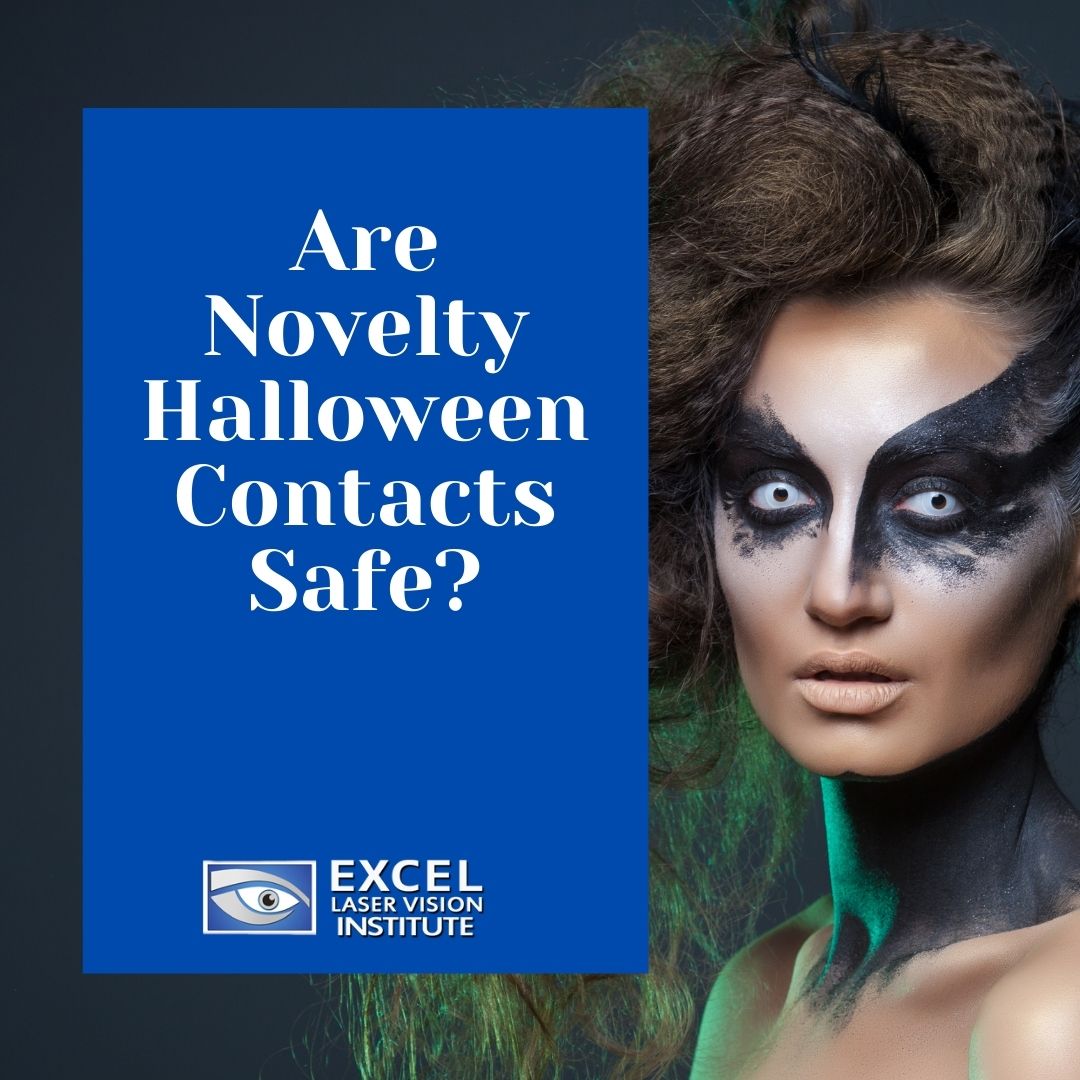
Are Novelty Halloween Contacts Safe?
It’s the spookiest time of the year! With Halloween coming up on October 31st, people are starting to make plans for their costumes. Some of the fun, quirky costume elements that people like to integrate into their costumes are colored contacts. These can take a costume to the next level. However, many people are concerned about whether or not these novelty contacts are safe. Doctor Moosa, one of the LASIK experts in Los Angeles is here to answer some common questions about novelty contacts and help people enjoy a fun, safe Halloween.
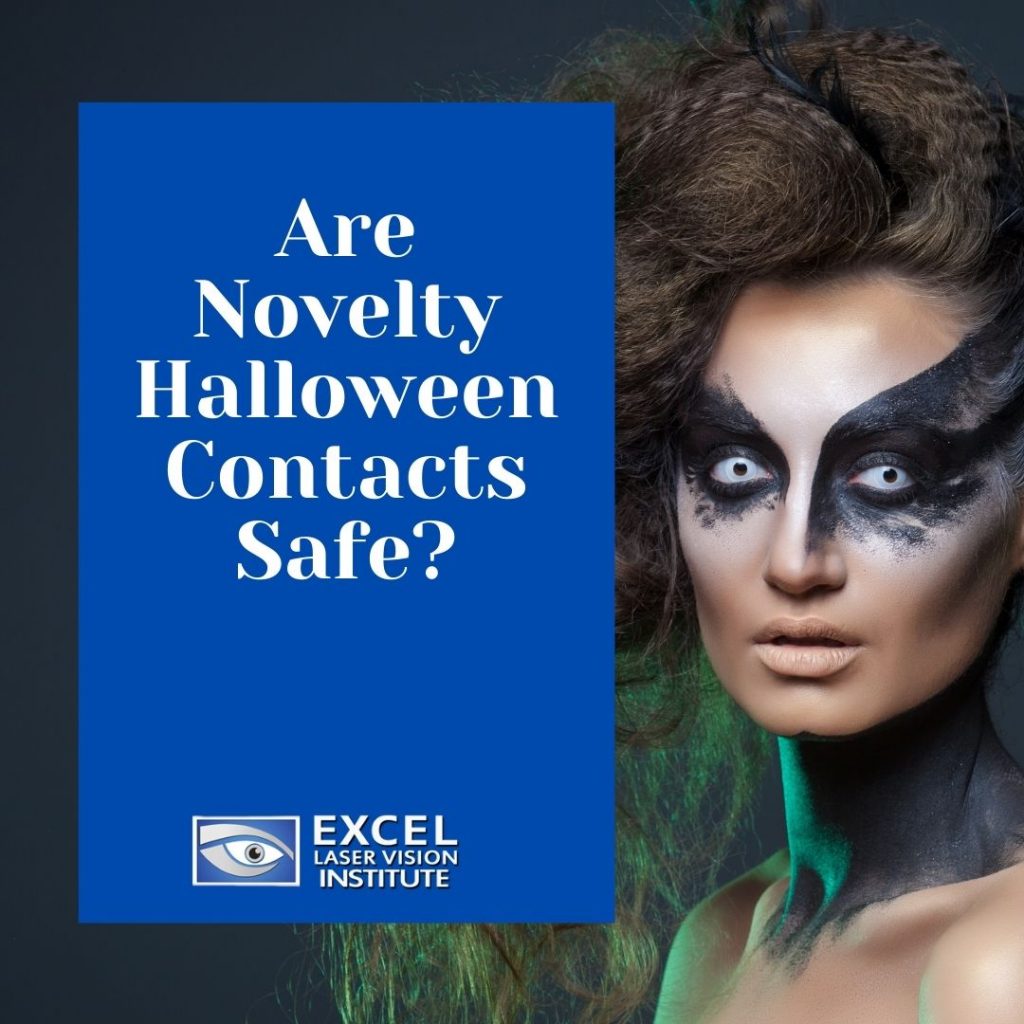
Will novelty contacts harm my eyes?
If you’ve ever noticed, certain theatrical performances or feature films will often incorporate costume makeup and contacts in order to help someone achieve a certain look. These can actually be quite safe, as long as they are correctly prescribed, cleaned, and maintained. According to Doctor Moosa, one of the best LASIK surgeons in Los Angeles, all contacts that are being sold in stores must be FDA approved, otherwise they are illegal. These contacts can be worn whether or not someone usually wears corrective lenses because they are available with and without prescriptive lens power. Some people can be sensitive to contact lenses and may not react well to wearing them, especially if it is their first time. If you happen to notice any irritation, swelling, or redness when wearing these contacts, then you should immediately take them out and seek medical help.
How should I go about purchasing novelty contacts?
If you are going out to purchase some fun lenses, then LASIK surgeons in Los Angeles recommend buying from an authorized business. If the seller does not ask for a valid prescription, then these contacts will likely be a one-size-fits-all design. When contacts are not fitted correctly, they can cause infections, scratches to the cornea, and affect vision. Avoid buying contacts from unknown sellers.
If you have never worn contacts before, then you should visit an eye doctor for an exam and proper fitting. When you first insert lenses, it may be briefly uncomfortable but the right sized contacts should settle after a little time. Make sure to practice the right cleaning habits and always wash your hands before handling the contacts.
What are some important tips for wearing novelty contacts?
LASIK experts in Los Angeles particularly Doctor Moosa recommend putting contact lenses in before applying any costume makeup. This can help prevent any makeup from getting on the contacts and causing a bacterial infection. In order to decrease the chances of dry eye, you might want to use eye drops or simply blink more frequently to get your eyes adjusted. Never wear novelty contacts for more than 8 hours in a day. If you start to notice discomfort, then you should take them out even earlier. As with normal contact lenses, you should not go swimming or fall asleep with them on.
Typically, novelty contacts have an expiration date and can be used multiple times before that. If you are planning to use them again, then you should make sure that they stay clean and protected. If at any point, they become damaged or incredibly dirty, then you should just dispose of them. You can purchase a multi-purpose contact lens solution at most convenience stores and use this to soak the contacts. Do not use water, saline, eye drops, or saliva to clean the contacts.
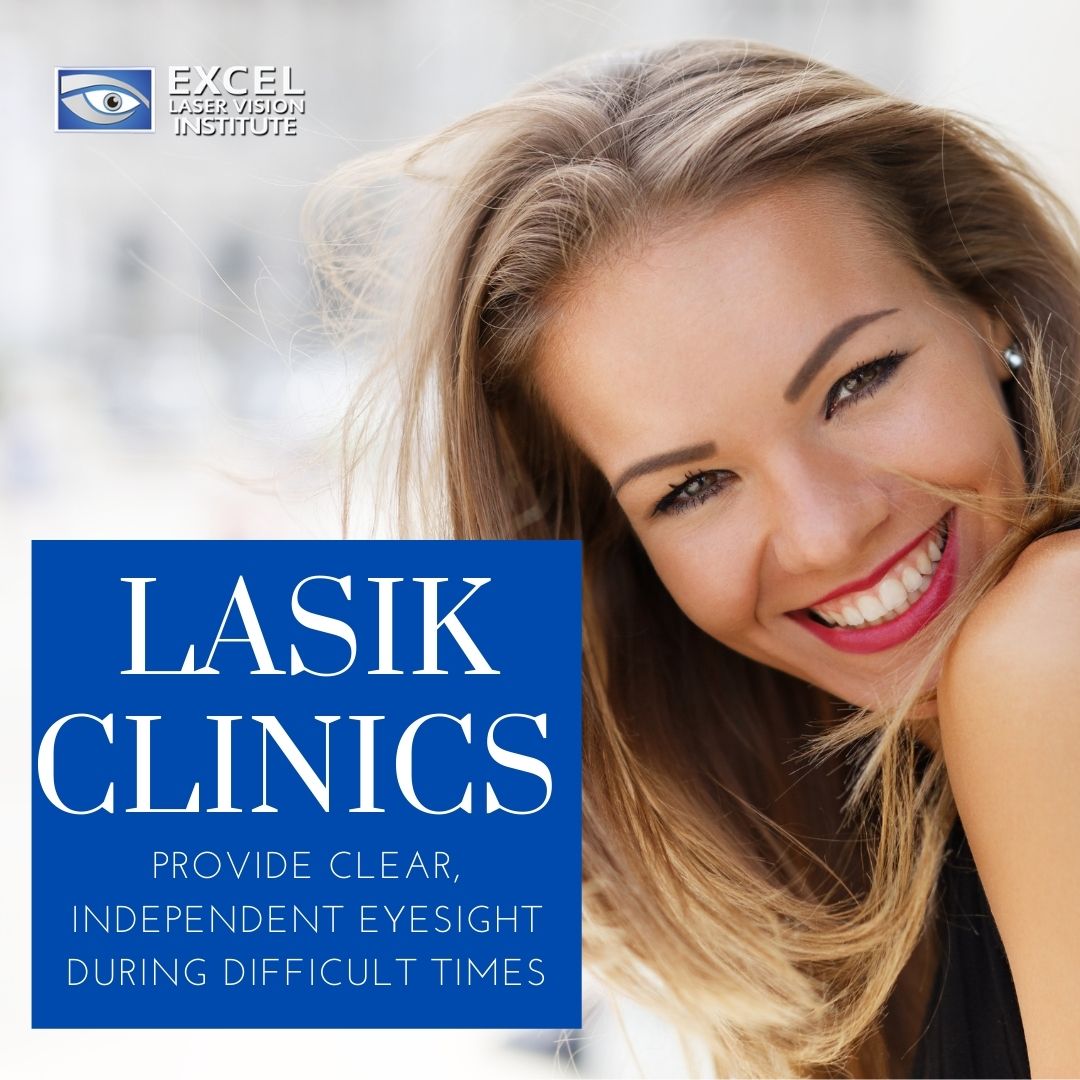
LASIK Clinics Provide Clear, Independent Eyesight During Difficult Times
LASIK experts in Los Angeles like Excel Laser Vision Institute have watched the transformation of households and communities during a worldwide pandemic and have noted one common denominator—more than ever, people want to make the best of the situation. The new normal consists of wearing masks in public spaces, which has proven a huge inconvenience for people that are reliant on their prescription glasses. Contact lens wearers have also faced struggles in terms of refraining from touching their eyes and making sure that their lenses stay clean. Everything has changed, causing many people to reevaluate their dependence on corrective lenses. In a time of uncertainty, many people want to control as many factors of their life as they can. This is why the best LASIK surgeons such as Doctor Moosa have been even more sought-after than before.
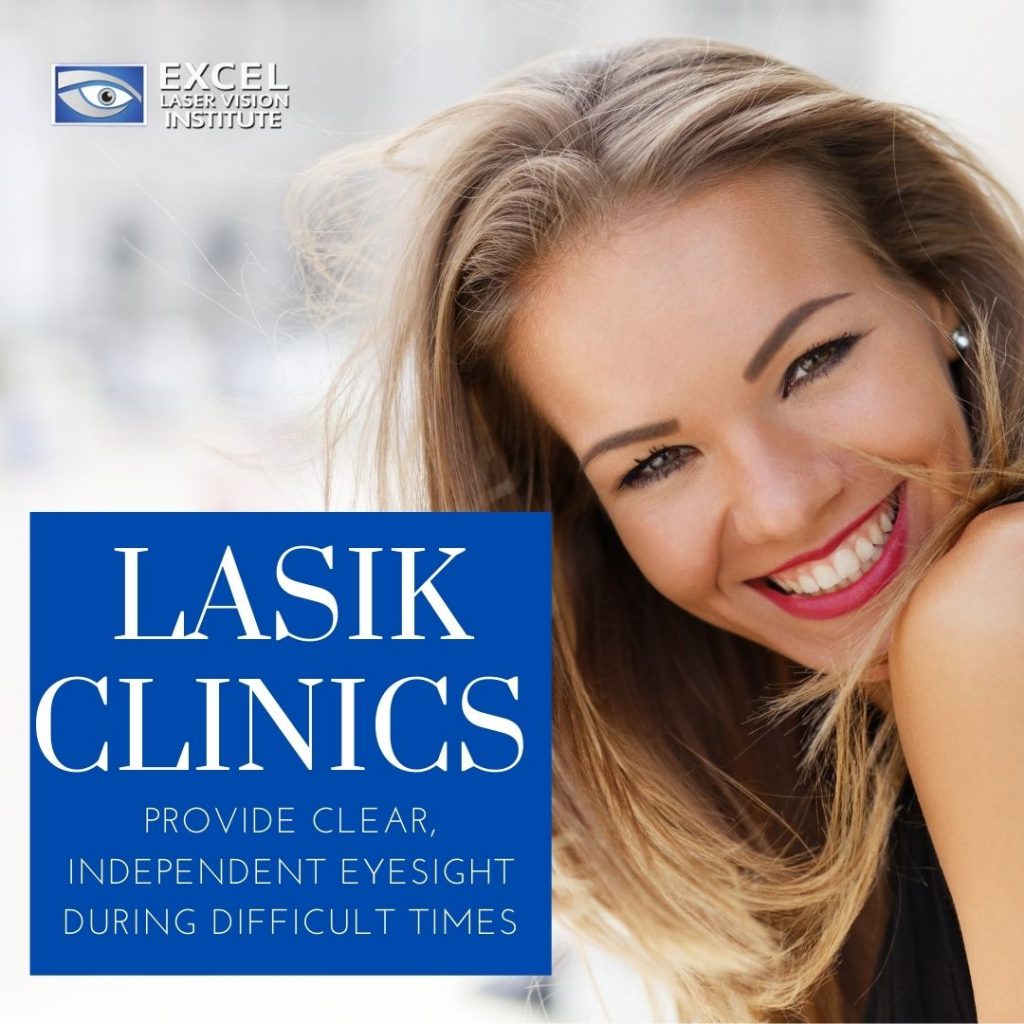
Wearing masks in public has become a necessity, which is both a blessing and a curse for many people. On one hand, this medical tool is significantly decreasing the number of infections being spread. On the other hand, it is incredibly inconvenient for people who also rely on glasses to see. Many masks are made without consideration of someone that wears glasses. This means that the mask requires constant adjustment, which is dangerous in the sense that the person must frequently touch their face, around their eyes, to shift their glasses around the mask. Then, even with constant adjustment, these masks will cause a person’s glasses to fog up, significantly, impairing their vision.
Since the start of the pandemic, some masks have been tweaked to bend at the nose in order to decrease the amount of fogging; however, it is not one-hundred-percent effective. When someone breathes in a mask, the water vapor becomes concentrated and then seeps out of the edges of the mask, landing on the surface of the glasses. Other solutions to this problem include washing glasses with soap and water in order to prevent the water vapor from attaching to the lenses. Again, this is not entirely effective for every person. Foggy glasses can provide a huge inconvenience for someone who is just trying to buy their groceries or walk down the street. It can lower their self-confidence and cause anxiety in an already nerve-inducing situation.
Contact wearers are not facing these daily struggles. However, they are experiencing a different kind of inconvenience and risk. LASIK surgeons have greatly warned against the use of contacts during this pandemic because they require constant contact with the eye. The danger of touching an unclean surface and then touching your eye is much greater with someone who wears contacts than with someone who wears glasses. So, while you don’t have to face fogged up glasses with contacts, you do have to consider the cleanliness of your hands and your interaction with your eyes at all times. In a time when people are increasingly at home and buying large quantities of things to stock up, contacts and contact lens solutions are less available which can provide another issue for people reliant on this corrective eyewear.
Fortunately, there is a solution to all of these problems that many people are starting to discover. Laser eye surgery is a safe, effective procedure that has been available for decades. Since the advancement of laser technology and more in-depth studies of the eye, LASIK clinics in Los Angeles are now able to provide better results and patient satisfaction rates than ever before. LASIK is a long-term solution to vision problems that can offer patients independence from their corrective lenses. During difficult times like these, having clarity of sight that you can rely on is an invaluable gift. Improve your quality of life by looking into LASIK eye surgery at Excel Laser Vision Institute today.
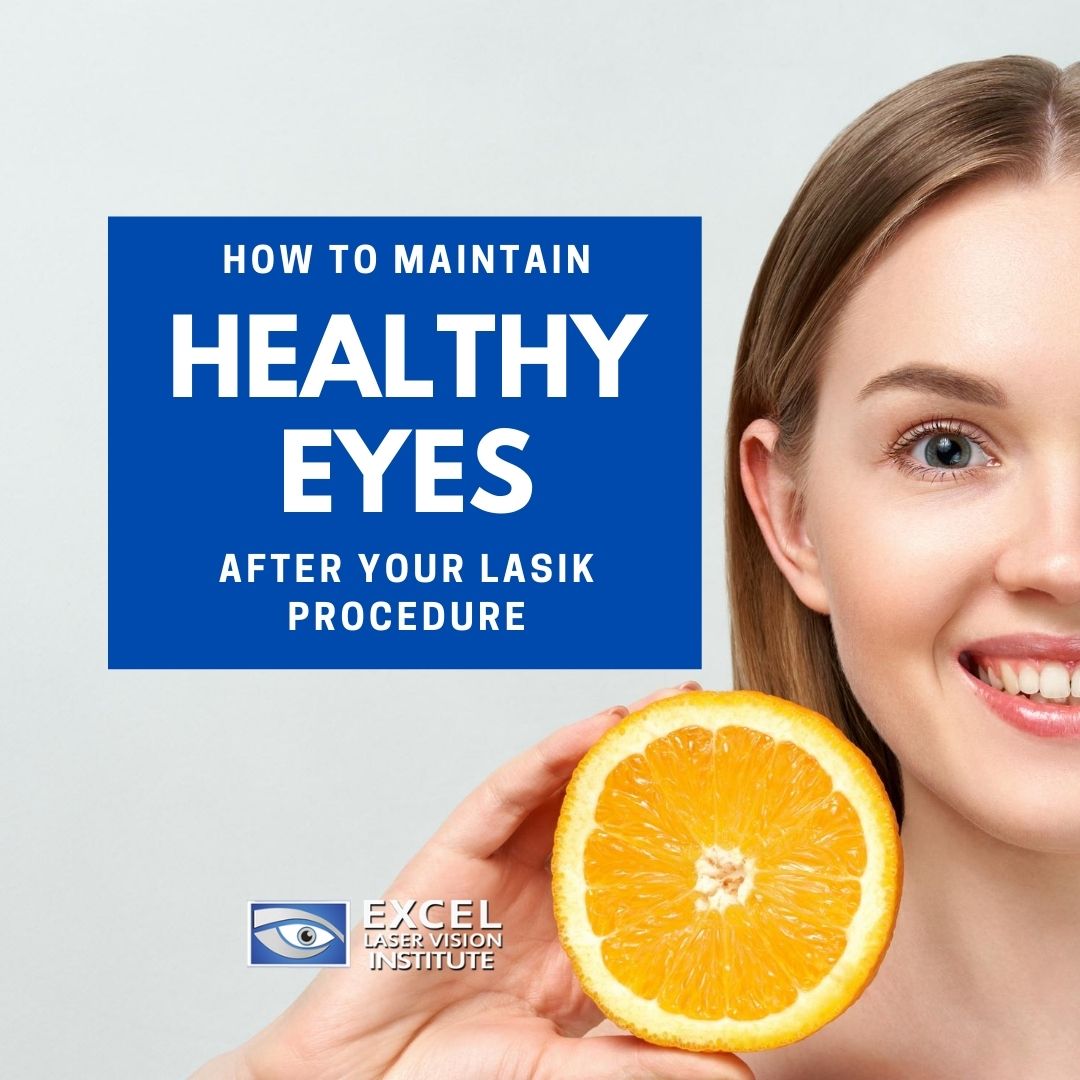
How to Maintain Healthy Eyes After Your LASIK Procedure
Most nutritionists can attest to the fact that food impacts many aspects of your health. This is true with everything from your heart to your brain to your eyes. According to LASIK experts in Los Angeles like Doctor Moosa, eye health is important when you want to sustain the visual acuity you gain from laser eye surgery. It is also important beforehand, when you are preparing your eyes for the procedure. Fortunately, there are specific nutrients that you can incorporate into your diet in order to support healthy eyes.
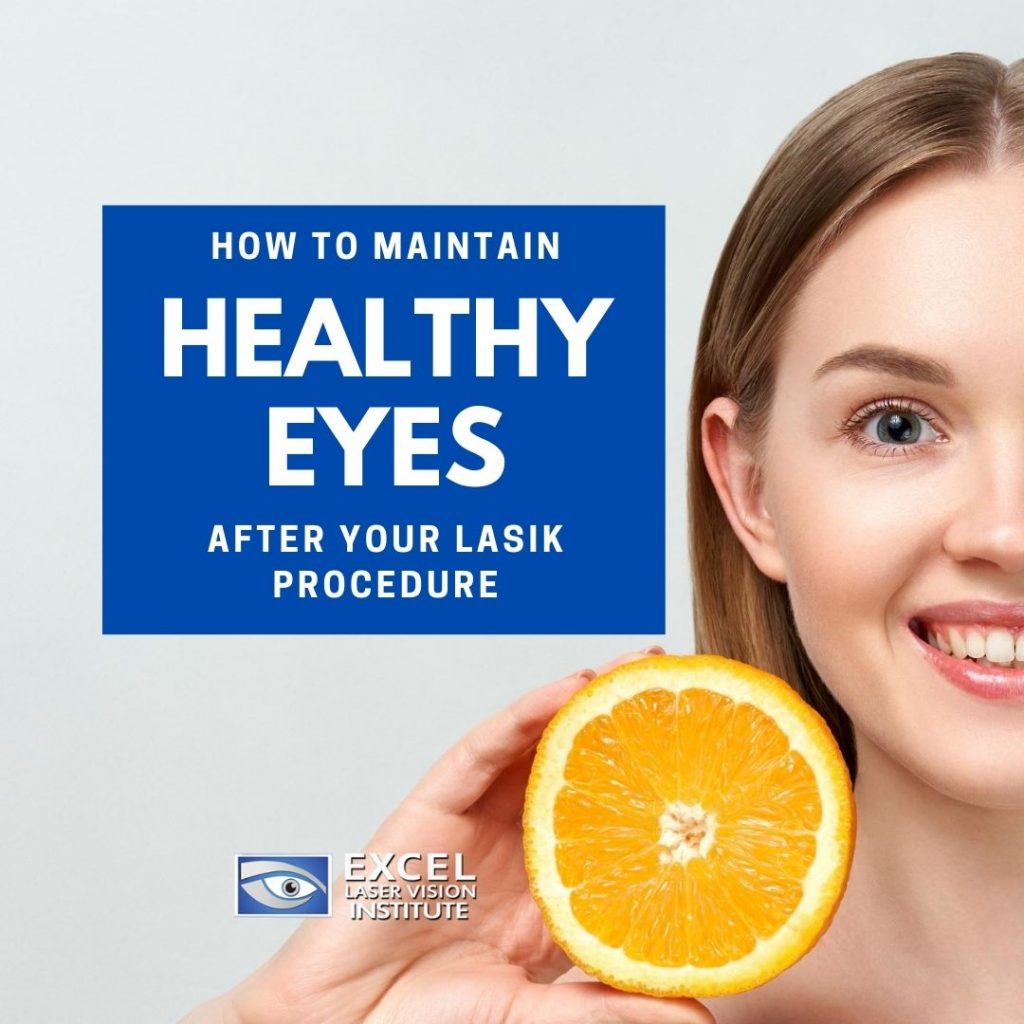
The best LASIK surgeons like Dr. Moosa know that the things we eat are not separate from how our eyes operate. In fact, they can have a big influence on how well we see. This is why it is so important to have a healthy, well-balanced diet growing up. When our eyes are developing, they require the right foods to properly transition into maturity. Similarly, many eye care professionals will recommend specific dietary inclusions when an individual is undergoing LASIK eye surgery. Someone who needs corrections to their vision will require a strong foundation of eye health in order to ensure long-lasting results. Here are some of the necessary nutrients for a LASIK patient:
- Vitamin C: Known for its antioxidant properties, this vitamin is great for helping with LASIK recovery. You can consume this in a pill form or in foods like kiwi, kale, and sweet yellow peppers.
- Amino Acids: Known for tissue regeneration properties, these are great for a recovering LASIK patient. You can find amino acids in healthy, protein-rich foods like nuts, beans, fish, eggs, and chicken.
- Healthy Fats: In moderation, healthy fats can decrease inflammation and improve your overall health. Some foods that contain these are olive oil, dark chocolate, nuts, seeds, full-fat dairy, fatty fish, and avocados.
- Carbohydrates: Glucose is a main source of energy for the body and it’s found in carbohydrates. Try sticking with complex carbohydrates like oatmeal, brown rice, and other whole-grain options. These will have other nutrients to support your immune system as well. When you are eating carbs, make sure to avoid too much sugar.
While many surgeries require fasting, laser eye surgery is different. Many LASIK surgeons tell their patients to eat a light meal before the procedure and have plenty of water. You can use the guide above to plan your meals after LASIK and ensure healthy eyes. Some other healthy foods to keep in mind are leafy greens, which contain nutrients that decrease the risk of developing cataracts and macular degeneration, and orange-colored fruits and veggies, which have beta-carotene.
Diet is an easy way to maintain eye health throughout your life, no matter what kind of vision you have. The strength of our eyes can fluctuate as we get older and in tandem with eye corrective procedures such as LASIK and a healthy lifestyle, you can prevent many severe eye conditions from developing. The best way to monitor eye health is to attend yearly check-ups with your eye care professional, even if you have already received a LASIK procedure in Los Angeles. It is important to put your eyes first so that you can continue living your life to the fullest.

Age Qualifications for Lasik Surgery in Orange County

With an outstanding success rate of 96%, Lasik surgery in Orange County can help people of all ages achieve 20/20 vision or better. Lasik remains one of the most effective ways to correct issues like astigmatism, farsightedness, and near-sightedness. In most cases, it completely removes the need for eyeglasses and contact lenses.
As with any other surgery, however, a big concern among potential patients is age. While there is no universal age qualification for Lasik, certain factors related to age can help determine if one is a good candidate or not.
Age Considerations for LASIK
The Food and Drugs Administration (FDA) does not approve eye procedure for individuals under 18, except for rare instances. Young eyes are still changing and developing, and successful corrective eye surgery in Orange County is best done once the eyes have reached ocular maturity.
-
18-24 Years of Age
Individuals past 18 are already eligible for Lasik eye surgery. However, many providers encourage patients to wait until their mid-20s to ensure that their prescriptions have already stabilized. You can still be approved for the surgery provided that you meet qualifications such as:
♦ No eye injuries or infections for at least a year
♦ Stable prescription for a minimum of one year
♦ Scar-free cornea
♦ Not pregnant
♦ Can stare at a fixed object for at least a minute
♦ No autoimmune disorders such as Type 1 Diabetes, Rheumatoid Arthritis, or HIV
Once your Lasik surgeon is confident that you meet all the qualifications, then you can receive the green light for Lasik eye surgery in Orange County as early as 18 years old.
-
25-40: The Ideal Age Range
Many Lasik surgeons in Los Angeles agree that your mid-20s up to your 40s is the ideal age for the procedure. By this time, vision has largely stabilized, preventing the need to re-treat the eyes after Lasik. To enjoy clear vision, it’s better to get the surgery sooner than later once you hit this age range.
-
40 Above
Around middle age, most people naturally begin to develop presbyopia, which is reduced ability to focus on objects up close. Getting Lasik at this time will give you excellent distance vision, but you may also need reading glasses for close vision. It’s still possible to regain perfect vision during this age, so consult your Lasik surgeon about your options.
-
Lasik for seniors
There is no age limit for Lasik surgery – there are records of patients as old as 85 years of age successfully undergoing the procedure. However, since cataracts become more likely to develop for older patients, it’s recommended to treat this issue first before undergoing Lasik eye surgery.
Otherwise, you’re never too old to benefit from this life-changing surgery as long as you’re healthy and meet the criteria.
Don’t Let Age Hold You Back from Seeing Clearly
At the end of the day, only your Lasik surgeon in Orange County can determine if you qualify for the procedure. Get answers to all your Lasik-related questions by calling Excel Laser Vision Institute at + (818) 907-8606 today!

Improving Motorcycling Safety with Cataract Surgery in Los Angeles
There’s no taking chances when it comes to your vision – especially not on a motorcycle. Having clear eyesight and strong peripheral vision is not only essential for motorcyclists but also for other drivers and pedestrians they encounter on the road. If you’re a rider with poor vision, LASIK and cataract surgery in Los Angeles are excellent options to improve both safety and performance.
5 Benefits of LASIK for Motorcyclists
Clear vision doesn’t just allow you to enjoy the ride; it’s a critical road survival tool. To compensate for vision problems, many riders wear eyeglasses or contacts, but the most effective, long-term solution is laser eye surgery in Los Angeles. Here are five major benefits:
- Enhances peripheral vision
Peripheral vision allows you to see what’s happening outside your direct line of sight without turning your head. It’s linked to balance, reaction speed, movement, and reduced mental fatigue in drivers. Good peripheral vision informs motorcyclists of vehicles to the sides, obstacles like oil spills or potholes, and other road conditions.
Wearing eyeglasses simply helps you see what’s in front of you, but they don’t cover your vision to the side. In contrast, laser eye surgery effectively corrects peripheral vision, so you’re always completely aware of your surroundings while staying focused on the road ahead.
- Improves night driving
Eyesight problems like astigmatism can make lights look hazy, distorted, or elongated while riding at nights. Other issues like farsightedness and myopia can create halos, glare, and reflections that make night driving dangerous. Laser eye surgery in Los Angeles has more than a 95% success rate when it comes to these vision problems, allowing you to see clearly when driving your motorcycle in low lighting conditions.
- Helps riders identify visual cues
Riders with deteriorating vision often have to strain to see far away objects such as road signs, police cruisers, and other drivers. Failing to identify these cues can make it hard to slow down when you need to and lead to a missed exit or worse, a speeding ticket or something more serious. LASIK has proven to be one of the most effective ways to improve near-sightedness so you can see far ahead and respond appropriately to any driving situation.
- Eliminates the problem of moisture hampering your vision
Laser eye surgery also eliminates a unique problem for riders who wear glasses – moisture coating their lenses when it rains. It’s natural for water droplets to form on your helmet when driving through the rain, but when you wear glasses, it adds another layer of droplets that can severely hamper your field of vision. In most cases, LASIK removes the need to wear glasses altogether and cancels out this issue.
- Offers potential big savings
A lot of people hesitate to get LASIK surgery due to the upfront investment. Over the years, however, the amount you spend on broken eyeglasses, changing prescriptions, and the stress and hassle of dealing with eyewear will add up and cost you so much more in the long run.
Still on the fence regarding the financial investment of LASIK? The good news is that LASIK financing is now widely available, which means getting your eyesight fixed for good is now more affordable than ever.
Schedule a Consultation with a LASIK Surgeon in LA
Excel Laser Vision Institute provides safe and effective vision correction in Los Angeles, Orange County, and surrounding areas in California. Talk to our trusted LASIK surgeons in Los Angeles today to determine if you’re a good candidate for this life-changing procedure.
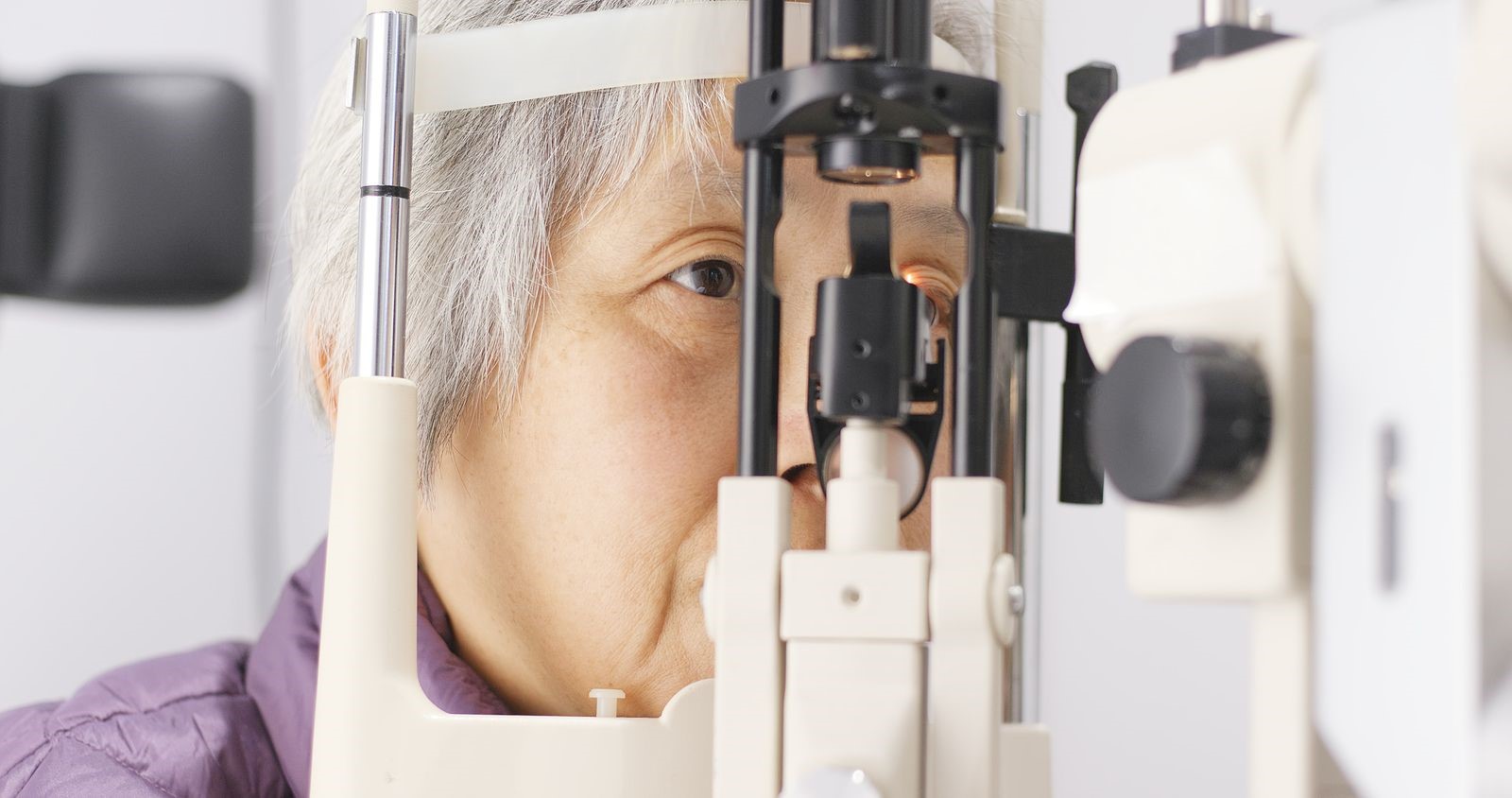
Vision 101: When is the right time to have cataract surgery in Los Angeles?
Is your vision suddenly getting blurry and cloudy? It may be a sign that you need cataract surgery in Los Angeles. Here are some important considerations for you to determine if it is the right time to undergo eye surgery and if it is the best solution for you.
What are Cataracts?
People are able to see things because of the light that enters the lens. The lens focuses light and images on the retina. The image is then converted into nerve signals, which are transmitted to the brain.
Individuals with cataracts see things through cloudy lenses, which is similar to looking through a fogged-up window. Cataracts refer to the clouding of the eye’s lens. This cloud affects the whole vision cycle, resulting in blurred vision. People who have cataract experience glare, blurred vision, and difficulty reading. Although cataracts are primarily associated with aging, they can also develop in infants and young children.
During cataract surgery, the eye’s natural lens is removed from the cornea and is replaced with an artificial one. Cataract surgery can be done in two ways: the traditional method and the laser-assisted method.
In traditional cataract surgery or phacoemulsification, the surgeon performs the cataract removal using a vibrating needle to break up cataracts and a small blade to make an incision in the cornea through which the lens will be replaced. In the laser-assisted method, the corneal incision and the cataract removal are done via specialized laser technology.
Misconceptions on Cataract Surgery
To have a better understanding of cataract removal via laser eye surgery in Los Angeles, let us first dispel the myths about them.
• Cataracts should be removed immediately upon development.
False. Many individuals have cataracts that do not cause blurred vision or interfere with daily activities. When cataracts are in the early stages, surgery is not an urgent need: you can still get a clear vision with prescription eyeglasses.
When is the best time to undergo cataract surgery in Los Angeles? If blurred and cloudy vision starts interfering with your daily activities, such as reading, driving, or simply performing household chores, then it is time to consider cataract surgery. Cataracts should also be removed if they prevent examination and treatment of other eye problems including macular degeneration or diabetic retinopathy.
• Only old people can undergo cataract surgery.
While they usually develop among older people, anyone is at risk for cataract. If you have a cataract that makes it difficult to do anything you want, then it is time to consult with your doctor and consider having the operation done immediately.
• Cataract surgery could be done simultaneously for both eyes.
False. Should you have cataracts in both eyes that need surgery, the surgery has to be done several weeks apart. Doing operations for each eye at the same time could result in further complications. A possible side effect of having both cataracts removed immediately is an infection in both eyes.
Get Cataract Surgery from the Experts
Now that you understand the basics of cataracts and cataract surgery, it’s up to you to make an informed decision. If you decide to have corrective eye surgery, do it with expert LASIK surgeons in Los Angeles.
With 30 years of experience, Excel Laser Vision Institute has the equipment and capability to restore your perfect vision. Call us at +1 866 923 9235 immediately for a free LASIK Consultation.



